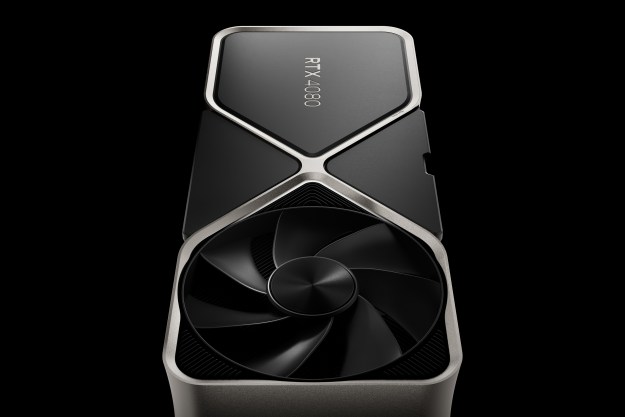There are already methods of creating VR experiences that accurately simulate the position of audio sources in relation to the user. However, these methods don’t tend to take into account the physical properties of the environment, which can cause various different kinds of aural distortion.
The VRWorks Audio SDK models things like reflection, refraction, and diffraction, according to a blog post published by Nvidia earlier today. The SDK tracks the path of audio in real time, without utilizing a pre-baked version of the scene, instead building an acoustic model of the scene and updating it on the fly.
Meanwhile, the VRWorks 360 Video SDK helps facilitate 360-degree video capture at a 4K resolution, along with stitching and streaming, all in real time. This should make high-quality 360-degree video a very attainable project for scores of VR developers, assuming that they have a compatible camera to capture the footage.
Live-streaming this kind of video could be a game changer, if Nvidia’s real-time stitching technology works as advertised. At the GTC event, the company is previewing an upcoming version of its VRWorks 360 Video SDK that’s capable of real-time stitching in stereo. According to Nvidia’s marketing materials, two Quadro P6000 GPUs can be used to stitch a total of eight 4K cameras in stereo, with ZCAM’s V1 Pro VR camera being used to demonstrate these capabilities.
Nvidia will be showing off both features at GTC, until the event concludes on May 11. Developers can start getting to grips with the new VRWorks functionality right now by downloading the SDKs from the company’s website.
Editors' Recommendations
- Nvidia RTX 50-series graphics cards: news, release date, price, and more
- Meet Blackwell, Nvidia’s next-generation GPU architecture
- Nvidia is leveraging GPUs to build 2nm (and smaller) chips
- Developer says it can turn your AMD 6800 XT into an Nvidia 3090 Ti
- Here are all of the games that will support Nvidia DLSS 3



